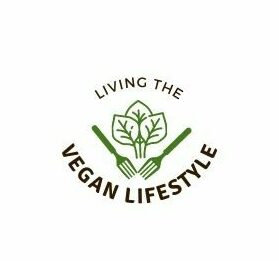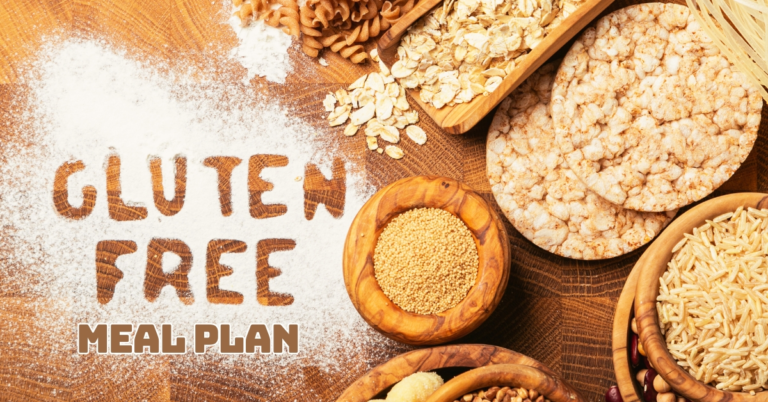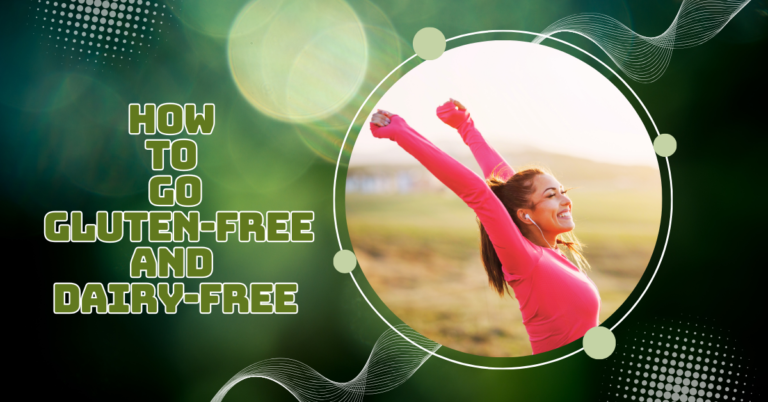What Does Gluten-Free Mean
What Does Gluten-Free Mean? For many, it’s a lifestyle choice; for others, it’s a medical necessity. Consuming gluten, a protein present in wheat, barley, and rye, can have significant adverse health effects for people with diseases like celiac disease.
A gluten-free diet eliminates these grains and focuses on alternatives, offering health benefits and new food possibilities. Let’s dive into what being gluten-free means.
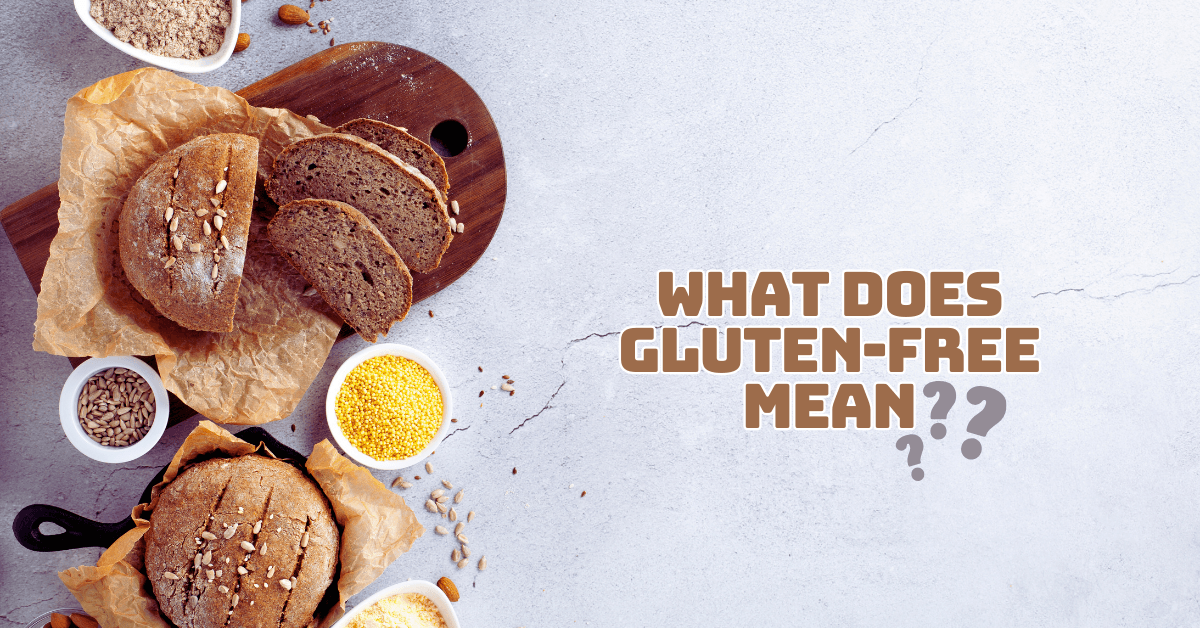
What Does Gluten-Free Mean?
Gluten-free means avoiding gluten, wheat, barley, and rye protein. Gluten causes the small intestine to be damaged by an immunological reaction in those who have celiac disease.
Others with non-celiac gluten sensitivity may experience bloating, fatigue, or brain fog. But going gluten-free isn’t just about cutting bread or pasta—it requires careful label reading, as gluten hides in sauces, dressings, and even some medications.
A gluten-free diet is essential. However, many people follow it because it improves their digestion and gives them more energy.
While eliminating gluten isn’t inherently healthier, focusing on whole, naturally gluten-free foods—like fruits, vegetables, and quinoa—can promote better eating habits.
The gluten-free lifestyle has become popular, with more restaurants and grocery stores offering options. However, replacing gluten-containing foods with nutrient-rich alternatives is essential to avoid deficiencies.
Understanding what gluten-free means, whether by necessity or choice, can help individuals make informed dietary decisions.
Health Benefits Of A Gluten-Free Diet
A gluten-free diet has gained popularity for its potential health benefits, especially for individuals with gluten sensitivity or celiac disease. Here are some of the key advantages:

1. Improved Digestive Health
A gluten-free diet can help reduce bloating, gas, and stomach discomfort, especially for those with gluten intolerance or celiac disease.
Eliminating gluten heals the gut lining, leading to better nutrient absorption. IBS symptoms may also be lessened, and the chance of developing long-term digestive problems like leaky gut may be decreased.
2. Increased Energy Levels
Many people experience fatigue due to gluten-related inflammation or poor nutrient absorption. A gluten-free diet can increase energy levels by facilitating the body's absorption of vital vitamins and minerals more effectively.
This is particularly beneficial for those with celiac disease, as gluten damages the intestinal lining, leading to iron, B vitamins, and magnesium deficiencies.
3. Reduced Inflammation
Gluten can trigger an inflammatory response, particularly in people with autoimmune conditions like celiac disease or rheumatoid arthritis.
Eliminating gluten may help lower chronic inflammation, reducing symptoms such as joint pain, swelling, and headaches.
A gluten-free diet can support the body’s natural healing process, improving overall well-being and reducing risks of inflammation-related diseases.
4. Better Skin Health
For some individuals, gluten sensitivity can manifest as skin issues like eczema, acne, or psoriasis. Eliminating gluten from the diet may reduce inflammation, improve skin hydration, and decrease redness or irritation.
Since gluten-related gut issues contribute to skin conditions, a gluten-free diet can support a healthier gut microbiome, leading to more precise and healthier skin.
5. Supports Weight Management
A gluten-free diet often encourages healthier eating habits by focusing on whole, unprocessed foods. Reducing empty calories by avoiding products manufactured from refined wheat may facilitate weight loss or maintenance.
Additionally, avoiding gluten may help balance blood sugar levels, reduce cravings and prevent overeating, making it a helpful dietary change for sustainable weight management.
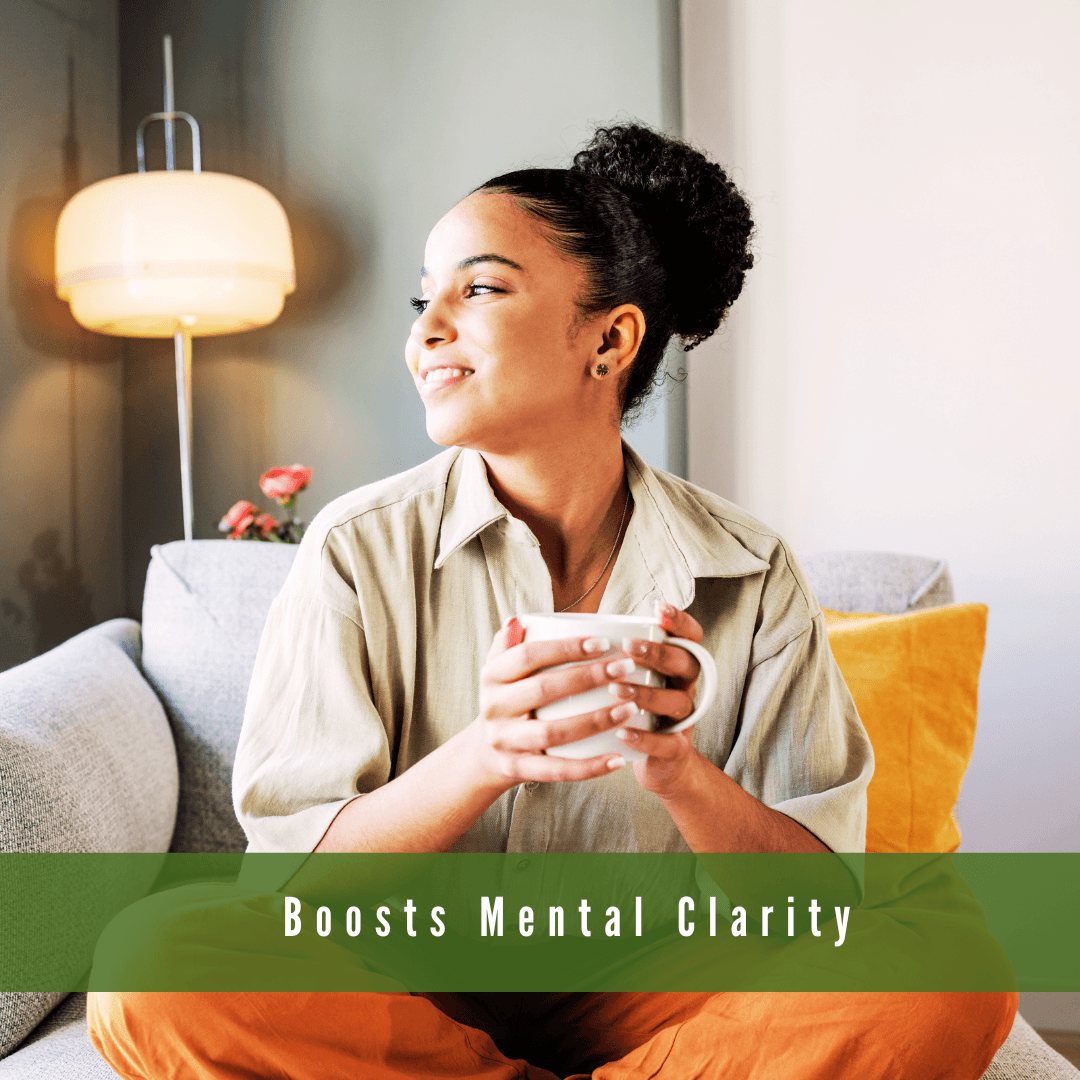
6. Boosts Mental Clarity
Some people report reduced brain fog, improved concentration, and better cognitive function after going gluten-free. Gluten can contribute to neurological symptoms in sensitive individuals, leading to headaches, dizziness, or sluggish thinking.
A gluten-free diet may help improve focus, stabilize mood, and enhance mental clarity, particularly for those with gluten-related neurological conditions or autoimmune disorders.
Who Needs A Gluten-Free Diet?
1. People With Celiac Disease
Gluten causes an immunological reaction in people with celiac disease. Symptoms include diarrhea, bloating, fatigue, and nutrient deficiencies.
Even minute levels of gluten can bring on long-term problems like osteoporosis and infertility. A rigorous, lifelong gluten-free diet is the only treatment to prevent damage and promote general health.
2. Individuals With Non-Celiac Gluten Sensitivity (NCGS)
Non-celiac gluten sensitivity (NCGS) causes symptoms like bloating, headaches, brain fog, and fatigue after consuming gluten, but without celiac disease or wheat allergy.
It’s not an autoimmune condition, but avoiding gluten helps alleviate symptoms. Unlike celiac disease, there’s no definitive test for NCGS, so diagnosis relies on symptom improvement after eliminating gluten and reintroducing it cautiously.
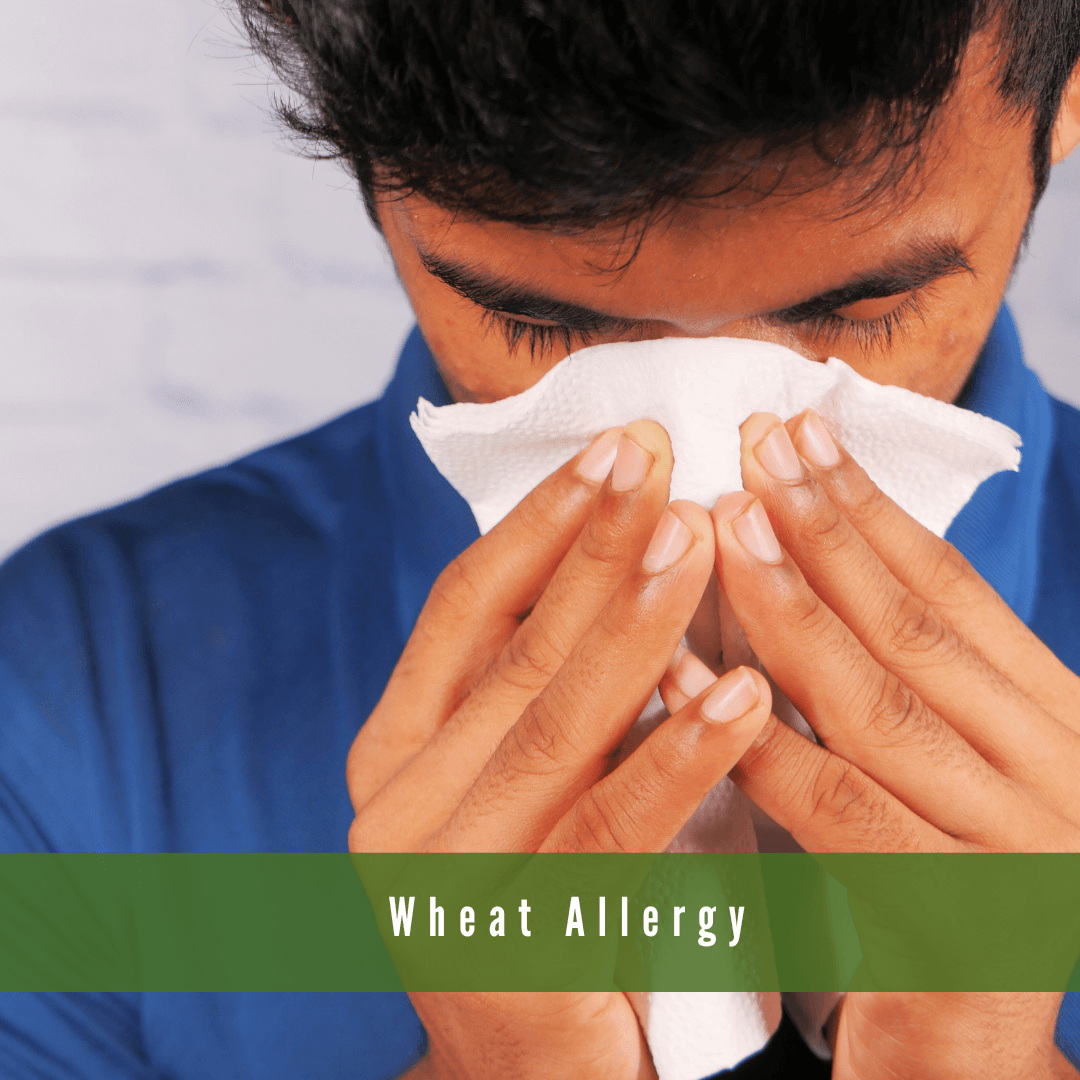
3. Those With Wheat Allergy
An immunological response to wheat proteins, such as gluten, is known as a wheat allergy. Mild symptoms like hives and nausea are followed by more serious ones like anaphylaxis and breathing difficulties.
A wheat-free diet is essential, but gluten from non-wheat sources (like barley or rye) may be tolerated. Some individuals outgrow wheat allergies, while others require lifelong avoidance.
4. People With Certain Autoimmune Disorders
Some individuals with autoimmune conditions like Hashimoto’s thyroiditis or rheumatoid arthritis find that removing gluten reduces inflammation and improves symptoms.
Though scientific evidence is mixed, gluten may contribute to increased immune responses in some people. Those with autoimmune conditions often try a gluten-free diet to assess its impact on fatigue, joint pain, and overall well-being.
5. Those With Gluten Ataxia
Gluten ataxia is a rare neurological disorder where gluten consumption damages the cerebellum, affecting balance, coordination, and muscle control.
Symptoms include difficulty walking, speech impairment, and fine motor skill issues. A strict gluten-free diet helps prevent further neurological damage.
If left untreated, gluten ataxia can lead to irreversible impairment, making early diagnosis and dietary changes essential.
6. People With Irritable Bowel Syndrome (IBS)
Bloating, diarrhea, and stomach pain are common symptoms of irritable bowel syndrome in patients who consume gluten.
Although not everyone with IBS needs a gluten-free diet, some find symptom relief by avoiding it. A helpful strategy for controlling IBS symptoms is the low-FODMAP diet, which excludes some foods containing gluten and restricts specific fermentable carbs.
7. Personal Preference Or Lifestyle Choice
Some people choose a gluten-free diet for general wellness, weight management, or reducing processed foods. While a gluten-free diet isn't inherently healthier, it encourages whole foods like fruits, vegetables, and lean proteins.
However, unnecessary gluten avoidance can lead to nutrient deficiencies and higher costs. It's essential to replace lost nutrients with balanced, gluten-free alternatives.
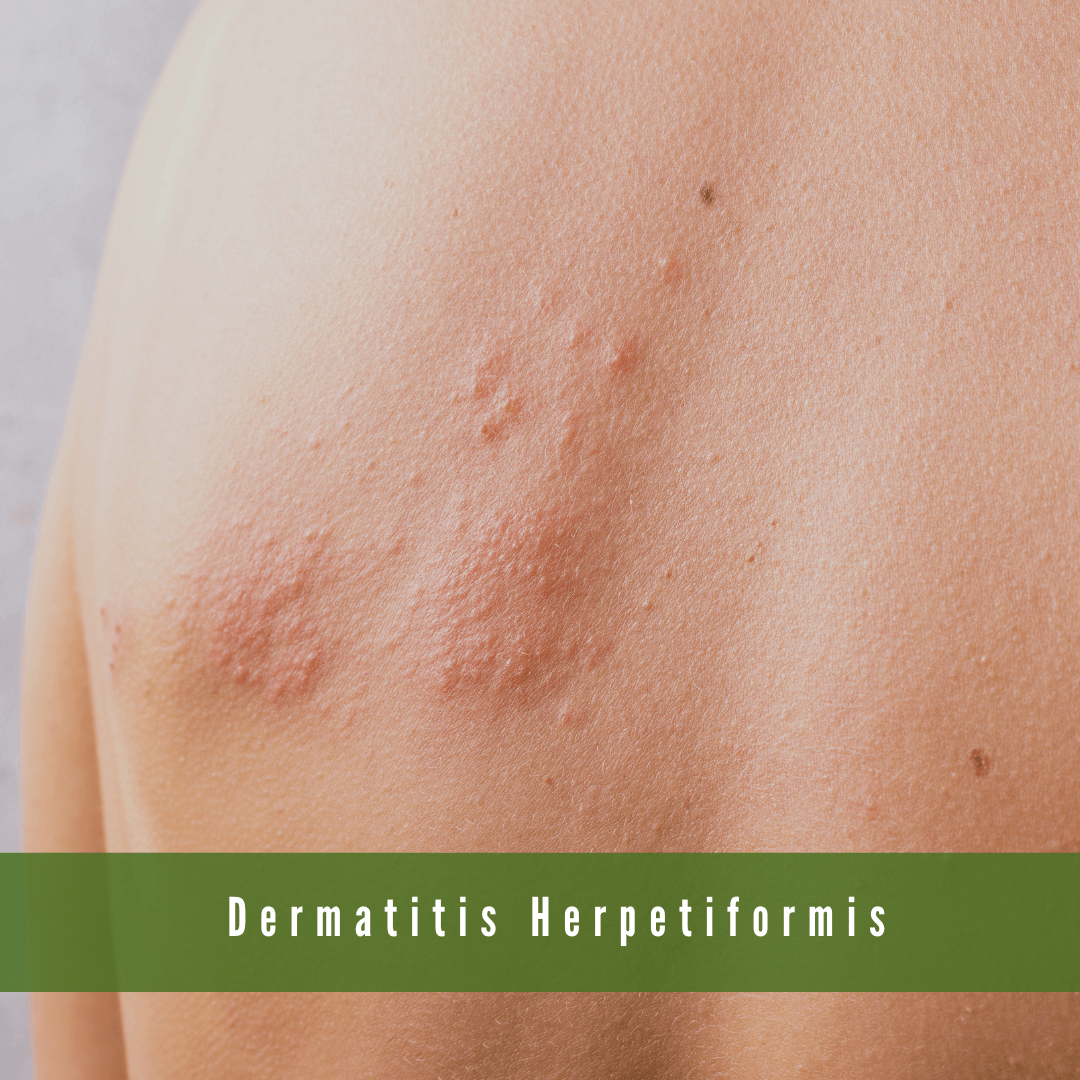
8. People With Dermatitis Herpetiformis (DH)
Dermatitis herpetiformis (DH) is a skin condition linked to celiac disease, where consuming gluten triggers itchy, blistering rashes on the skin, often on the elbows, knees, or scalp.
Though the condition affects the skin, it stems from the immune reaction that damages the intestines in celiac disease. A strict gluten-free diet is necessary to prevent flare-ups and long-term complications.
9. Individuals With Chronic Migraines
Some people with chronic migraines report symptom improvement after removing gluten from their diet. While research is still developing, gluten intolerance may contribute to inflammation and neurological symptoms in specific individuals. Those who frequently experience unexplained migraines may try a gluten-free diet to see if it alleviates their condition.
10. Athletes Seeking Improved Performance
Some athletes adopt a gluten-free diet, believing it enhances digestion, reduces bloating, and improves energy levels. While scientific support is limited, those with gluten sensitivity may experience better recovery and endurance by avoiding gluten.
However, a gluten-free diet doesn’t automatically enhance athletic performance unless there’s an underlying intolerance.
7-Day Gluten-Free Diet Plan
Here’s a detailed 7-day gluten-free meal plan, including ingredient suggestions and meal prep tips to make your experience easier and more enjoyable.
Day 1
Vegan Breakfast
With gluten-free toast, scrambled tofu with spinach and vegan feta are presented.
Ingredients
Firm tofu (or chickpea flour), spinach, vegan feta (made from tofu or cashews), olive oil, gluten-free bread, salt & pepper, turmeric (for colour), and nutritional yeast (for a savoury flavour).
Prep Tip
Pre-wash and chop spinach ahead of time for leisurely morning prep.
Lunch
Quinoa salad with chickpeas, cucumbers, cherry tomatoes, and lemon dressing.
Ingredients
Quinoa that has been cooked, rinsed canned chickpeas, chopped cucumbers, cherry tomatoes, olive oil, lemon juice, salt, and pepper.
Prep Tip
Cook quinoa in bulk for multiple meals.
Snack
Coconut or almond-based Greek-style yogurt with almonds and maple syrup.
Ingredients
Coconut or almond-based Greek-style yogurt, raw almonds, maple syrup.
Prep Tips
Toast almonds for crunch, chop for texture, drizzle maple syrup evenly, and chill before serving.
Dinner
Steamed broccoli and roasted sweet potatoes go well with grilled marinated tofu.
Ingredients
Grilled marinated tofu or carrot lox, sweet potatoes, olive oil, garlic, salt & pepper, broccoli.
Prep Tip
Roast extra sweet potatoes for another meal.
Day 2
Vegan Breakfast
Almond milk, walnuts, berries, and chia seed pudding.
Ingredients
Chia seeds, almond milk, berries (strawberries/blueberries), walnuts, vanilla extract.
Prep Tip
Soak chia seeds in almond milk overnight.
Lunch
Gluten-free crackers and avocado are served alongside lentil soup.
Ingredients
Lentils, onion, garlic, carrots, vegetable broth, cumin, salt, pepper, avocado, and gluten-free crackers.
Prep Tips
Sauté aromatics, simmer lentils until tender, blend for creaminess, season well, and serve warm.
Snack
Hummus with carrot and celery sticks.
Ingredients
Hummus, carrot sticks, celery sticks.
Dinner
Vegan chicken stir-fry with bell peppers, broccoli, and tamari sauce over brown rice.
Ingredients
Grilled gluten-free tempeh, bell peppers, broccoli, tamari (gluten-free soy sauce), garlic, ginger, olive oil, and brown rice.
Prep Tip
Marinate the gluten-free tempeh in tamari sauce for extra flavour.
Day 3
Vegan Breakfast
Smoothie with banana, spinach, almond butter, and coconut milk.
Ingredients
Banana, fresh spinach, almond butter, coconut milk.
Prep Tips
Blend until smooth; use frozen banana for creaminess; adjust coconut milk for desired thickness.
Lunch
Vegan tuna salad with mixed greens.
Ingredients
Mashed chickpeas with seaweed flakes (for a “tuna” taste), mixed greens, olive oil, lemon juice, salt, and pepper.
Prep Tips
Mash chickpeas well, mix dressing separately, toss before serving, and chill for better flavour.
Snack
Handful of mixed nuts and a piece of dark chocolate.
Dinner
Bell peppers stuffed with spices, quinoa, and lentils.
Ingredients
Bell peppers, cooked lentils, cooked quinoa, onion, garlic, oregano.
Prep Tips
Sauté filling before stuffing, pre-bake peppers for tenderness, and bake extras for meal prep.
Day 4
Vegan Breakfast
Scrambled tofu with mushrooms and tomatoes.
Ingredients
Firm tofu, mushrooms, tomatoes, olive oil, turmeric, black salt.
Prep Tips
Press tofu to remove excess water, and sauté vegetables first for extra flavour.
Lunch
King oyster mushrooms with arugula salad and lemon vinaigrette.
Ingredients
Oyster mushrooms, arugula, lemon juice, olive oil, garlic.
Prep Tips
Marinate oyster mushrooms in olive oil and garlic for 10 minutes before grilling for flavour.
Snack
Blended silken tofu with a pinch of salt and lemon juice with pineapple chunks.
Dinner
Battered and baked hearts of palm or banana blossoms, Brussels sprouts and mashed cauliflower.
Ingredients
Battered and baked hearts of palm or banana blossoms, Brussels sprouts, cauliflower, vegan butter or olive oil, salt, and pepper.
Prep Tips
Roast Brussels sprouts until crispy, and mash cauliflower with vegan butter for a creamy texture.
Day 5
Vegan Breakfast
Gluten-free oatmeal with flaxseeds, blueberries, and almond butter.
Ingredients
Gluten-free oats, flaxseeds, blueberries, almond butter, and almond milk.
Prep Tips
Cook oats in almond milk, stir in flaxseeds, and top with blueberries and almond butter.
Lunch
Chickpea and spinach curry with basmati rice.
Ingredients
Chickpeas, spinach, coconut milk, curry powder, garlic, basmati rice.
Prep Tips
Simmer curry ingredients, cook the rice separately, and serve the curry over fluffy basmati rice.
Snack
Sliced apple with peanut butter.
Dinner
Grilled “Steak” with Garlic Green Beans and Mashed Sweet Potatoes.
Ingredients
Portobello mushroom steak, green beans, sweet potatoes, garlic, vegan butter or olive oil.
Prep Tips
Grill the portobello mushroom steak to your desired texture, sauté green beans with garlic, and mash sweet potatoes with vegan butter or olive oil for a creamy finish.
Day 6
Vegan Breakfast
Almond flour pancakes with maple syrup and walnuts.
Ingredients
Almond flour, flaxseed or chia seed “egg” (1 tbsp flaxseed/chia + 3 tbsp water), almond milk, maple syrup, walnuts.
Prep Tips
Mix ingredients, cook pancakes on medium heat, top with syrup and walnuts.
Lunch
Roasted vegetable quinoa bowl with tahini dressing.
Ingredients
Quinoa, zucchini, bell peppers, chickpeas, tahini, lemon.
Prep Tips
Roast veggies, cook quinoa, mix with tahini dressing, and serve warm.
Vegan Snack
Sprinkle sea salt over sliced tofu or chickpea-based “egg” bites.
Dinner
Vegan Tahini cauliflower steaks with roasted carrots and zucchini.
Ingredients
Cauliflower steaks, tahini, carrots, zucchini, olive oil, garlic, rosemary.
Prep Tips
Season the cauliflower steaks and veggies, and bake at 400°F for 20-25 minutes until golden.
Day 7
Vegan Breakfast
Coconut or almond-based Greek-style yogurt with gluten-free granola and strawberries.
Ingredients
Coconut or almond-based Greek-style yogurt, gluten-free granola, and strawberries.
Prep Tips
Layer the plant-based yogurt, granola, and strawberries in a bowl for a quick, healthy breakfast.
Lunch
Avocado and black bean salad with lime dressing.
Ingredients
Avocado, black beans, cherry tomatoes, lime juice, olive oil.
Prep Tips
Mix all ingredients and chill for enhanced flavour before serving.
Snack
Roasted chickpeas.
Dinner
Steamed asparagus, quinoa, and grilled tofu.
Ingredients
Tofu, quinoa, asparagus, lemon, olive oil.
Prep Tips
Steam asparagus, cook quinoa, and grill tofu with lemon for a balanced, flavourful meal.
Common Misconceptions About Gluten-Free Diets
1. Everyone Should Go Gluten-Free
A gluten-free diet is required for those with celiac disease or gluten intolerance, albeit not everyone benefits from it. Gluten isn’t harmful unless someone has a medical condition requiring its avoidance.
Cutting out gluten without reason can lead to nutrient deficiencies, reduced fiber intake, and an unnecessary restriction of whole grains that offer essential health benefits.
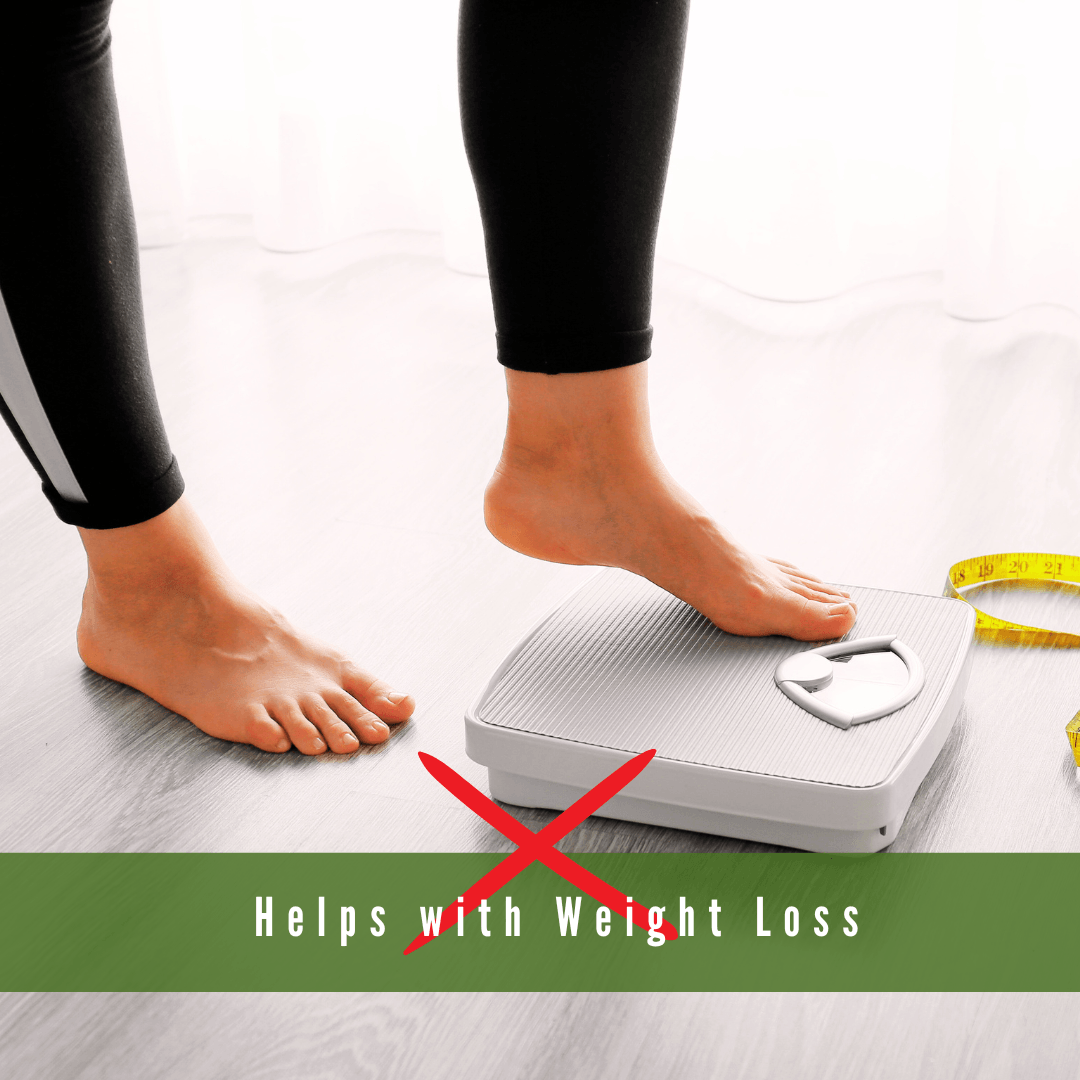
2. Gluten-Free Helps With Weight Loss
Many people assume that avoiding gluten leads to weight loss. While eliminating processed foods containing gluten may help some shed pounds, many gluten-free products are loaded with starches and sugars, contributing to weight gain.
A successful weight-loss strategy involves a balanced diet and mindful eating rather than removing gluten without considering overall nutrition.
3. Gluten-Free Diets Lack Nutrients
A gluten-free diet can lack particular nutrients if not well-planned, but it doesn’t have to be deficient. Whole foods like quinoa, lentils, vegetables, nuts, and seeds provide essential vitamins, minerals, and fiber.
Those on a gluten-free diet should focus on nutrient-dense options rather than processed gluten-free substitutes, which may be low in essential nutrients.
4. Gluten-Free Means Grain-Free
Gluten-free and grain-free are not the same. While wheat, barley, and rye contain gluten, many grains, such as quinoa, rice, millet, buckwheat, and amaranth, are naturally gluten-free.
Gluten-free individuals can still eat a range of grains, guaranteeing they receive vital nutrients such as fiber, B vitamins, and iron without cutting them out of their diet.
6. You Can’t Eat Out On A Gluten-Free Diet
A gluten-free diet can make eating out difficult, but it's not impossible. Many restaurants now offer gluten-free options, but cross-contamination remains a risk.
Inquire about materials, shared cooking surfaces, and preparation techniques from people with celiac disease or gluten sensitivity.
Researching restaurants, calling ahead, and communicating dietary needs to staff can help ensure a safe dining experience.
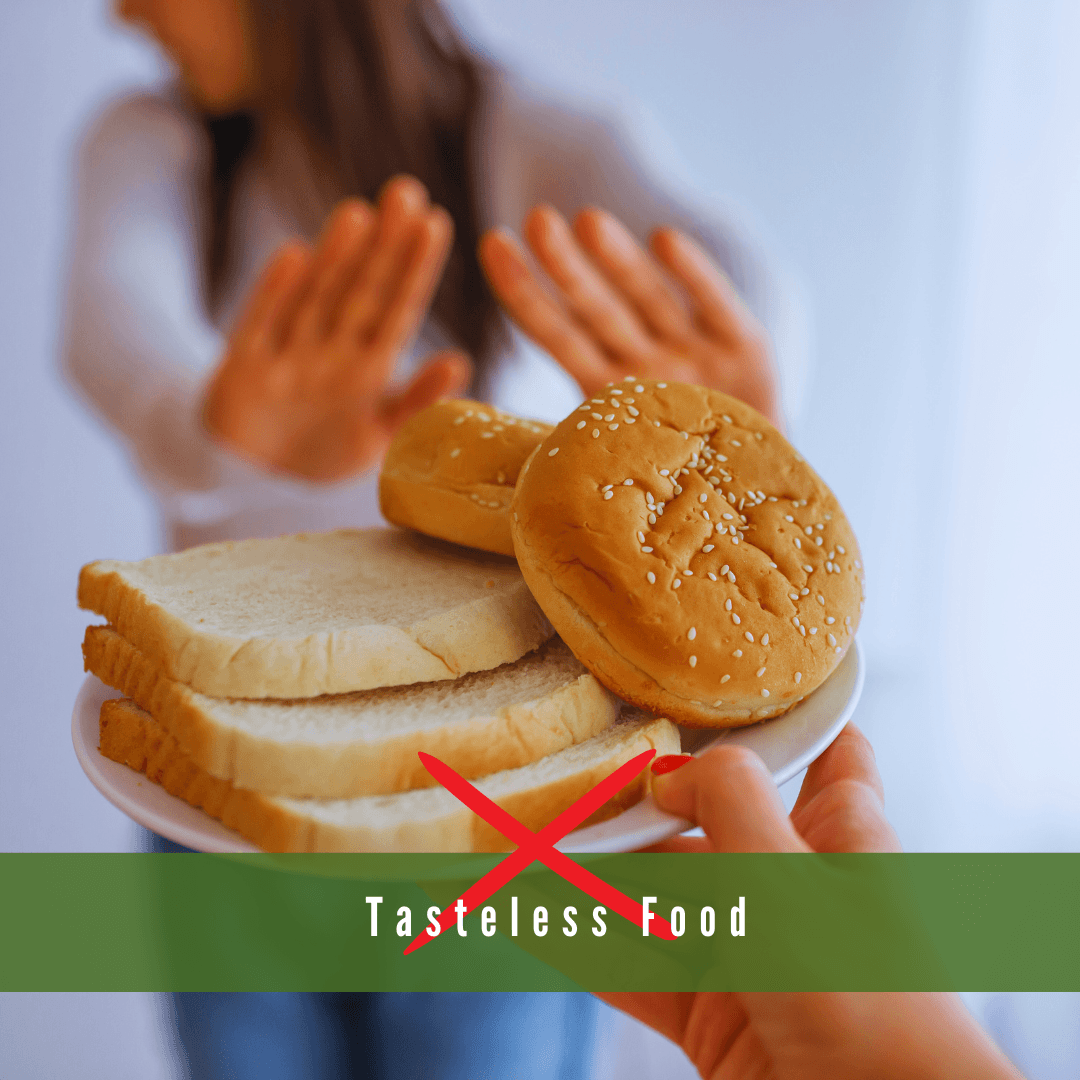
7. Gluten-Free Means Tasteless Food
Many assume that gluten-free food is bland or unappetizing. While early gluten-free products lacked texture and flavour, today’s options are much improved.
With the right ingredients—such as almond flour, coconut flour, and alternative grains—gluten-free meals can be just as delicious as their gluten-containing counterparts. Cooking from scratch with fresh, wholesome ingredients enhances taste while ensuring a safe, gluten-free experience.
8. Gluten-Free Diets Are Just A Trend
Some people believe that gluten-free eating is just a fad, but for those with celiac disease or gluten sensitivity, it’s a medical necessity.
The trend has indeed gained popularity among people without gluten-related conditions, but this doesn’t diminish the real health concerns of those who must avoid gluten. The increased demand has led to more accessible gluten-free options, benefiting those who genuinely need them.
Conclusion
In conclusion, understanding What Does Gluten-free Mean? is essential for those with specific health needs or anyone exploring alternative diets.
By avoiding gluten-containing grains, individuals can improve their overall well-being, manage health conditions, and discover various delicious, nutritious food options.
Whether due to medical reasons or personal preference, embracing a gluten-free lifestyle can positively change health and eating habits.
I trust you enjoyed this article about What Does Gluten-Free Mean. Stay tuned for more blog posts soon. Take care!
JeannetteZ
>>>Please click here to read my Vegan Travel Guides To World Destinations<<<
>>>Want To Learn How To Create Delicious, Cruelty-Free, Healthy AND 100% Vegan Meals? Try These Awesome Vegan Cooking Courses With A Free 7-DAY MEMBERSHIP<<<
Your Opinion Is Important To Me
Do you have thoughts, ideas, or questions? I would love to hear from you. Please leave me your questions, experiences, and remarks about What Does Gluten-Free Mean in the comments below. You can also email me at Jeannette@LivingTheVeganLifestyle.org.
Disclosure
This post may contain affiliate links. I earn from qualifying purchases as an Amazon Associate and other affiliate programs. Please read my full disclosure.
Here are links to some of my favourite articles:
Benefits Of A Plant-Based Diet
Best Vegan-Friendly Restaurants In Boston
Best Gluten-Free Meal Plan: Say Goodbye To Guilt And Hello To Tasty, Balanced Meals!
10 Delicious Plant-Based Breakfast Ideas That Will Boost Your Energy
How To Go Gluten-Free And Dairy-Free
The Best Vegan Bakeries In Atlanta: A Delicious Guide To Plant-Based Sweetness
